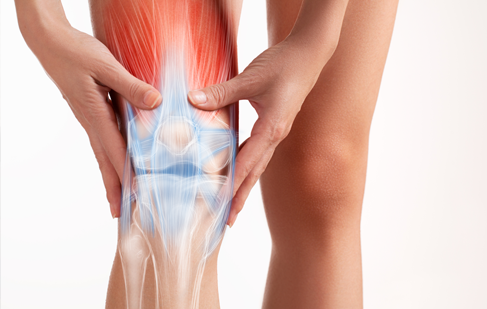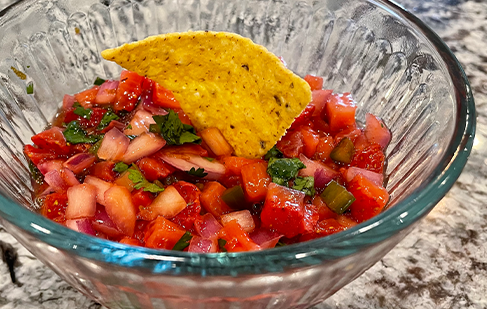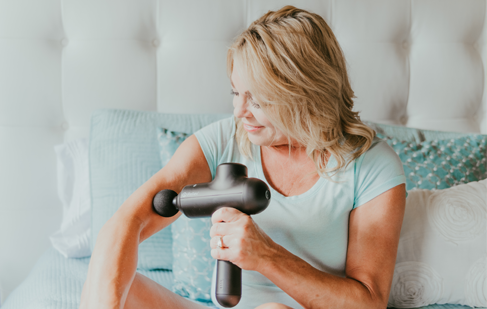Your body contains hundreds of strong, fibrous tissues called tendons that connect your muscles to your bones. Tendons work like levers in the body, transmitting the force of your muscle contractions to move your bones so you can walk, jump, play sports, type on a computer, and much more.
However, aging, overuse, and inflammation can cause tendon injuries that disrupt your daily activities. Luckily, there are several treatments you can do at home to promote healing.
What are tendons?
Tendons are mostly made up of collagen fibers bundled in a structure similar to a rope. They are stiffer than muscles and flexible but not stretchy.
Our bodies decrease collagen production as we age, causing our tendons to become thinner and more prone to damage from overuse, trauma, and repetitive motions.
The Achilles tendon, which connects the calf to the heel, is the largest in the body and is often injured by runners. Other injury-prone tendons include the elbows, knees, biceps, wrists, and rotator cuffs.
Common Conditions
Some of the most common injuries involve strains, tears, tendonitis, tendinosis, and tenosynovitis.
Strains can happen when you twist, stretch or pull tendons too far. It can involve a partial or full tear of the tendon and muscle. This type of injury is most common in the arms and legs.
Tendonitis is characterized by tenderness, swelling, and inflammation of the affected tendon. It often occurs in the Achilles, knees, hips, elbows, thumbs, and rotator cuffs from overuse or repetitive movements.
Tendonosis causes pain and stiffness in the joint. According to Medical News Today, this is a chronic degenerative condition that can happen when repetitive tendon strain injuries aren’t allowed to heal properly. It causes pain and stiffness in the joint.
Home treatments
It can take 3-6 months for many tendon injuries to heal. It’s important to allow tendon injuries to heal properly to reduce further injury and tenosynovitis, a degenerative condition caused by recurring damage.
Here are some ways to care for your injury at home:
Strains:
- Rest, ice, compression, and elevation, also known as RICE, helps reduce pain and inflammation.
- Gently stretch the tendon following the RICE protocol.
- TENS therapy can help reduce pain and promote blood flow to the injured tendon.
- Topical ointments to help reduce pain.
Tendonitis:
- Follow the RICE protocol above.
- Splint the affected tendon to protect from further injury.
- TENS therapy can help reduce pain and promote blood flow to the injured tendon.
- Topical ointments can help reduce pain and inflammation.
- Over-the-counter anti-inflammatory medications may be used for severe discomfort.
Tendonosis:
- Rest the affected tendon as much as possible and take regular breaks if you must use it.
- Massage the area to promote blood flow.
- TENS therapy can promote blood flow to the injured tendon and reduce pain.
- Gently stretch the tendon to improve flexibility and range of motion.
- Use trainer’s tape or braces to protect the tendon from further injury.
- Topical ointments may help manage the pain.
Bottom line
Home treatments often include TENS therapy, compression devices, compression wear, high-quality cold packs, and topicals that you can keep on hand when you need them.
When an injury occurs, be patient with your body and give it time to heal properly before returning to your usual activities.
This article should not be used to diagnose or replace the advice of your medical professional.
















